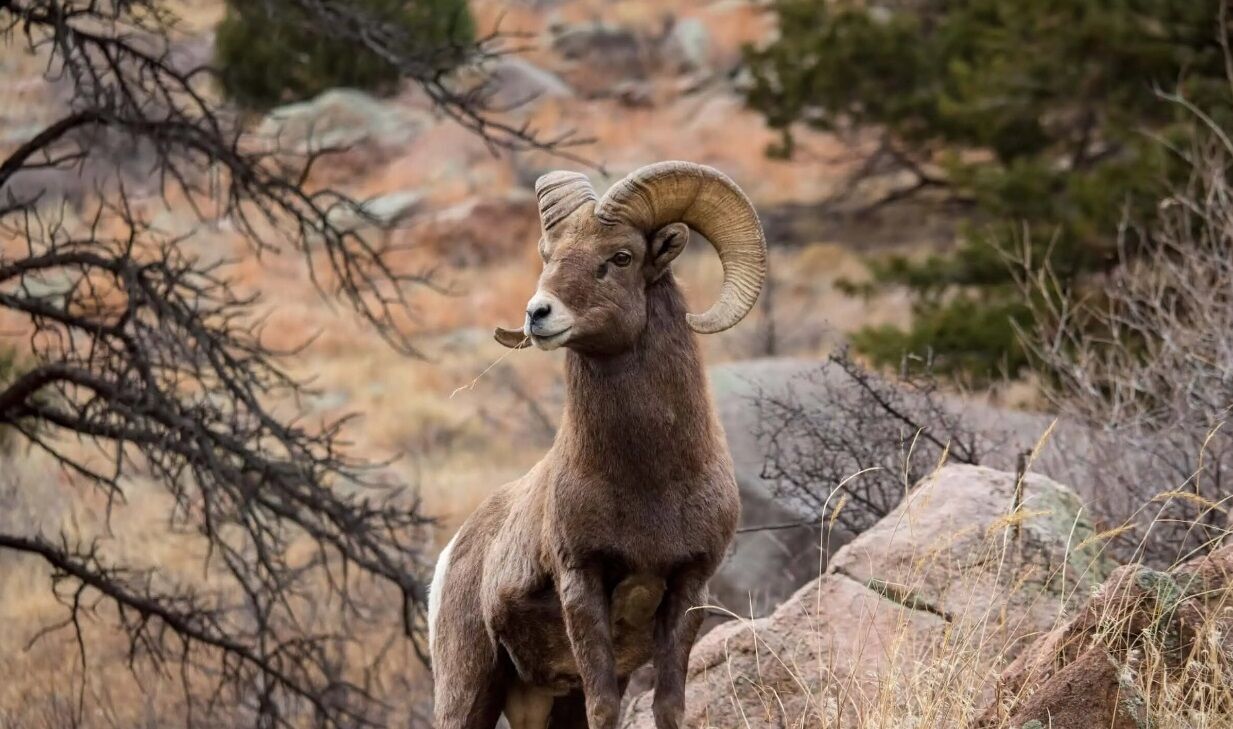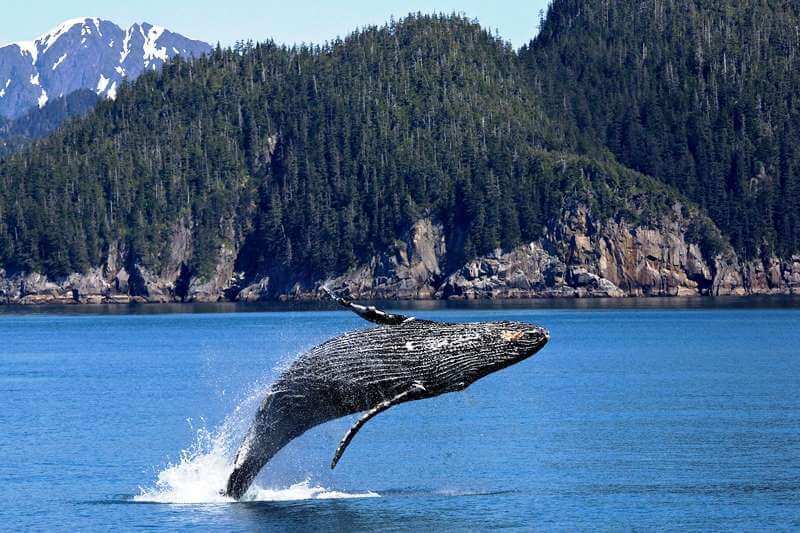Penguins on Philip's Island and whales near the shores of Canada: ideas for a winter vacation surrounded by wildlife

Winter travel options often fall into two categories: extended getaways to the Caribbean or the Indian Ocean for relaxation on white sandy beaches, or brief escapes to the snowy slopes of the Alps.
But what if you consider other adventures? The winter months provide an excellent opportunity for wildlife watching, whether you're venturing to the southern hemisphere to blend sunshine with safari or exploring colder climates where spotting elusive animals against a snowy backdrop is more manageable," reports Travel Weekly.
We present to you ideal alternatives for winter wildlife tours.
Yosemite National Park: black bears and bighorn sheep

Black bears are the main attraction of California's most popular nature preserve, with 300 to 500 individuals known to roam this vast wilderness - though despite the name, they are usually brown.
Yosemite is also home to a thriving population of Sierra Nevada bighorn sheep, mountain lions, mule deer, and mink-like Pacific fishers, which can be seen from more than 750 miles of hiking trails.
Yellowstone National Park: geysers and the Grand Canyon
Get back to basics in America's first national park, where bubbling mud pools and gushing geysers combine with some of the most abundant wildlife in North America.
Watch ospreys soar over the vast Grand Canyon of Yellowstone, admire the intricate travertine terraces of Mammoth Hot Springs, watch the regular eruptions of Old Faithful volcano, and try to capture the vibrant colors of the Paint Pot Fountain and the Great Prismatic Spring.
Why you should go in winter: In winter, Yellowstone offers a completely different experience - when the crowds dissipate and the wildlife is covered in a blanket of snow, these pristine landscapes take on their most picturesque appearance.
Bears may be hibernating at this time of year, but you can watch snow-covered bison crossing the valleys in long lines, huge herds of elk roaming the plains, and the recently reintroduced wolf population prowling in search of prey.
Booking: Globus is offering a seven-night Yellowstone Winter Wonderland tour from £3,284 departing February 2025, returning from Jackson, including all meals, sightseeing and - new this year - all gratuities. Flights are not included.
Ranthambore National Park: Bengal tigers and 300 species of birds
Ranthambore National Park is a true success story in wildlife conservation. In 1972, there were fewer than 2,000 Bengal tigers in India, and the main reasons for their decline were hunting and habitat loss. Then came Project Tiger, and Ranthambore became one of several sanctuaries established to give these spectacular animals a safe place to roam.
There are now 88 tigers roaming its forests (a six-fold increase in just 50 years), offering an alternative safari experience to the open plains of Africa.
Why you should go in winter: To avoid the hot, humid summer months - and the risk of monsoon rains that wash out the national park's trails - come here between November and April, when temperatures are most pleasant.
Keep an eye out for more than 300 species of birds, including wild peacocks and painted storks, as well as sambar (a type of antelope), wild boar, sloths, and leopards.
Make a reservation: Riviera Travel's 2025 program includes a new 11-night Heart of India tour aboard Deccan Odyssey that includes Golden Triangle sights as well as wildlife hunting in Ranthambore and a luxury train journey from £5,999 in January 2025, including flights, transfers, accommodations, and most meals.
Whale watching in Canada

From the milky white beluga whales in the waters of the Gulf of St. Lawrence and the polar bear playground on Churchill Island to the summer migration of gray, minke, blue, and humpback whales off the coast of Vancouver Island, Canada is a whale-watching paradise.
Look out for endemic species, including polar bears in the Great Bear Rainforest, British Columbia, and narwhals off the coast of Nunavut.
Australia: kangaroos and penguins and emus

Australia has incredible wildlife. From the cute little quokkas on Rottnest Island to the fearsome Tasmanian devils, kangaroos, emus, and even the elusive platypus, this country is perfect for wildlife adventures.
Go in search of little penguins on Phillip Island, see kangaroos roaming the desert in Alice Springs, observe marine life in the waters of the Great Barrier Reef, and learn about the importance of these local species to the Aboriginal people along the way.
Why you should go in winter: While the northern hemisphere shivers with cold, our antipodes bask in the sun. For tours that cover a wide area - from the rainforests of northern Queensland to the southern shores of Victoria - these months offer the best combination of climate.
Book: This year, Scenic added a 23-day Best of Australia and New Zealand tour that runs from Melbourne to Auckland via Alice Springs, Cairns, Sydney, Queenstown, and Rotorua, starting from £8,895 per person (excluding flights).



















